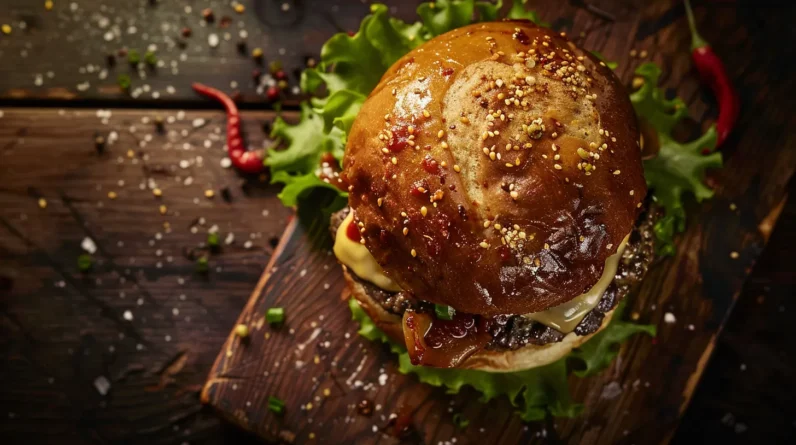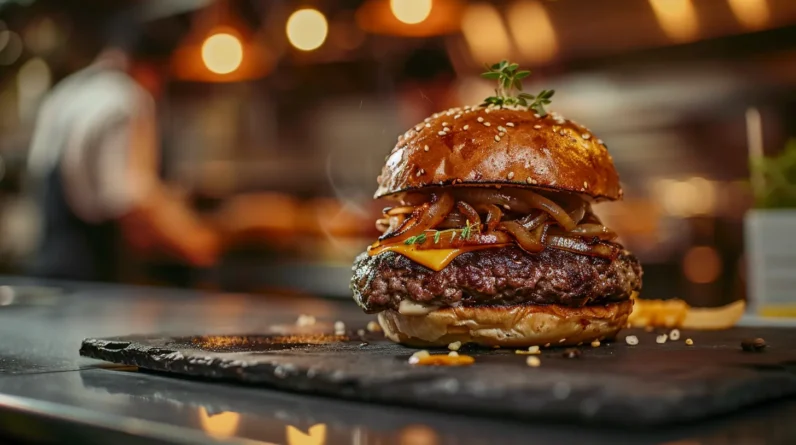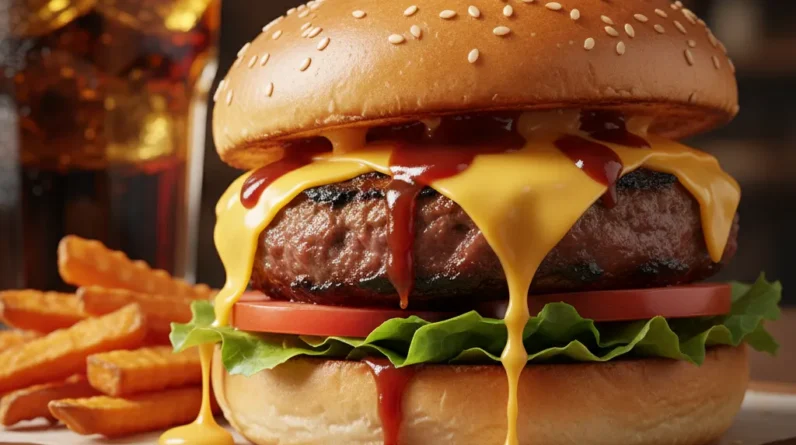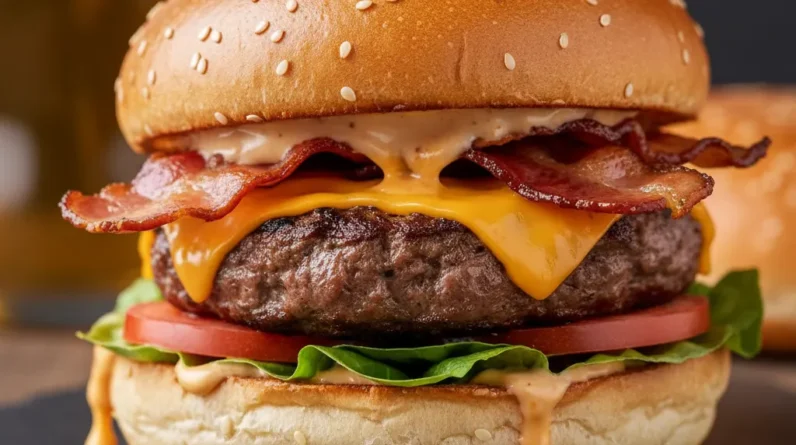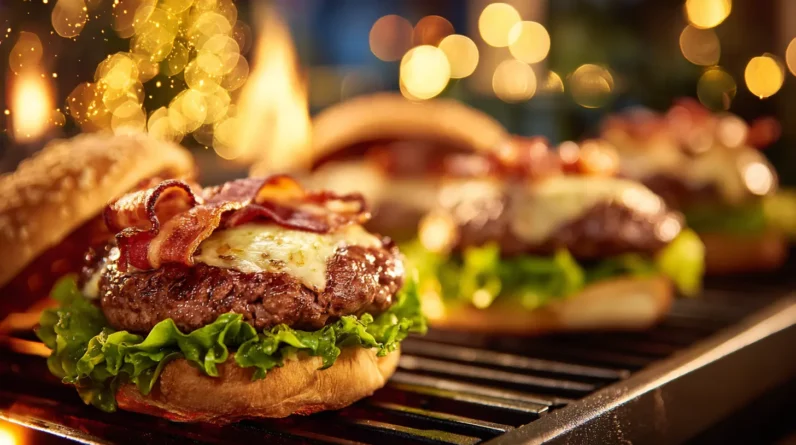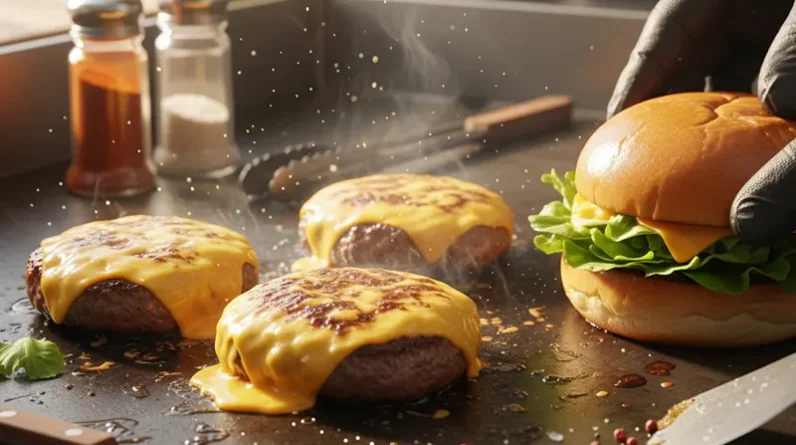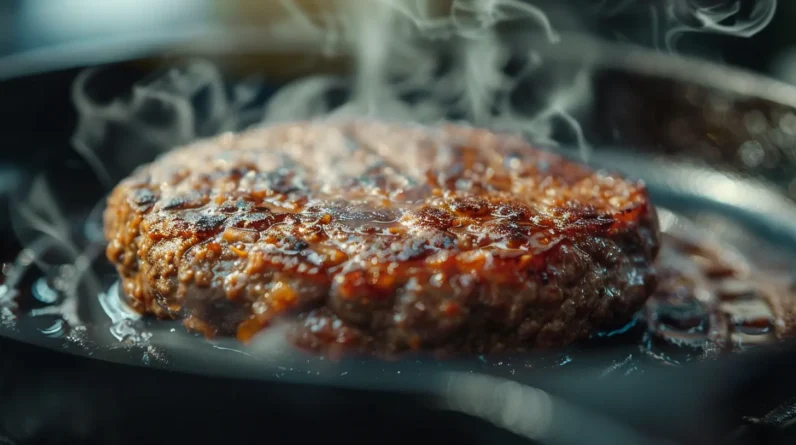
The Maillard reaction is key in perfect searing, enhancing flavors and textures, forming new compounds between 300-500°F. Heat control and moisture content play essential roles. Temperature precision and even heat distribution guarantee a uniform golden-brown sear. Timing determines the Maillard reaction’s outcome. Mastering these factors leads to a juicy, perfectly seared dish. Patting food dry, preheating pans, and monitoring sizzling sounds help achieve ideal searing. Balancing time and temperature is critical for a successful Maillard reaction. This intricate process promises to elevate your culinary skills and dish outcomes.
Importance of Maillard Reaction
The Maillard reaction plays a significant role in the culinary world by enhancing flavors and creating desirable textures through the browning of food surfaces. This complex chemical process occurs between amino acids and reducing sugars when exposed to heat, leading to the formation of new flavor compounds and the characteristic golden-brown color of seared foods.
Understanding the Maillard reaction is vital for achieving the perfect sear on meats, vegetables, and other ingredients. By promoting caramelization and the development of savory umami notes, this reaction adds depth and complexity to dishes. Chefs often manipulate factors such as temperature, pH, and cooking time to control the Maillard reaction and optimize flavor profiles.
Mastery of this reaction elevates culinary creations to new heights of taste and visual appeal.
Role of Heat in Searing
Examining the precise application of heat is essential in understanding the searing process. When it comes to searing, heat plays an important role in creating the perfect Maillard reaction.
Here are four key points to keep in mind:
1. Temperature Control: Maintaining the right temperature is essential for achieving a proper sear without overcooking the food.
2. Even Heat Distribution: Ensuring that heat is evenly distributed across the cooking surface promotes uniform browning and caramelization.
3. Heat Transfer: Effective heat transfer from the cooking surface to the food item is necessary for a quick sear.
4. Searing Time: Timing plays a critical role in searing; knowing when to flip or remove the food from the heat source is crucial for achieving the desired Maillard reaction.
Understanding Time and Temperature
With a focus on precision and accuracy, our exploration of time and temperature in searing reveals essential insights into achieving best results.
When searing meat, the interaction between time and temperature is vital. The Maillard reaction, responsible for the desirable browning and flavor development, occurs between 300-500°F (149-260°C). At lower temperatures, the Maillard reaction is slow, potentially leading to dryness, while excessively high temperatures can cause burning before the desired flavor compounds develop.
Timing plays a role in ensuring thorough cooking while maintaining juiciness. Shorter searing times at higher temperatures can result in a well-seared crust without overcooking the interior.
Understanding the delicate balance between time and temperature is fundamental to mastering the art of searing.
Impact of Moisture Content
Exploring the impact of moisture content on searing efficiency provides crucial insights into optimizing flavor and texture outcomes.
1. Moisture Evaporation: High moisture content impedes the Maillard reaction by requiring more energy to evaporate before browning can occur.
2. Surface Drying: Pre-drying the surface of the protein enhances searing efficiency as it allows for quicker heat transfer and Maillard reaction initiation.
3. Flavor Concentration: Reduced moisture content leads to more concentrated flavors as the Maillard reaction products aren’t diluted by excess moisture.
4. Texture Enhancement: Lower moisture content during searing promotes better crust formation, resulting in a desirable contrast between the crispy exterior and tender interior of the protein.
Tips for Achieving the Perfect Sear
To achieve the perfect sear, focus on mastering the art of temperature control and surface preparation. Temperature is critical; guarantee your pan is hot enough to create a Maillard reaction without burning the food. Preheat the pan over medium-high heat and add oil with a high smoke point.
Pat the food dry and season with salt right before searing to draw out surface moisture. When placing the food in the pan, listen for the sizzle – this indicates the pan is hot enough. Avoid overcrowding the pan, as it can lower the temperature and result in steaming instead of searing.
Mastering these details will elevate your searing technique to perfection.
Enhancing Flavor With Searing
Let’s further investigate how searing enhances flavor by creating a caramelized crust on the surface of the food. Searing not only adds depth and complexity to the taste but also enhances the overall dining experience. Here’s how searing achieves this:
1. Maillard Reaction: The high heat used in searing triggers the Maillard reaction, resulting in the development of rich, savory flavors.
2. Umami Intensification: Searing promotes the intensification of umami flavors, adding a pleasant savory taste to the dish.
3. Texture Enhancement: The caramelized crust formed through searing provides a contrasting texture to the tender interior of the food, creating a delightful mouthfeel.
4. Aroma Enrichment: Searing enhances the aroma of the food, making it more enticing and appetizing.
Conclusion
Mastering the art of searing and achieving the perfect Maillard reaction is essential for enhancing the flavor and texture of your dishes. By understanding the science behind heat, time, and moisture content, you can elevate your cooking to new heights.
So next time you fire up the stove, remember that the key to a delicious dish lies in that beautiful sear that brings out the rich flavors and aromas. Let your taste buds dance with joy as you savor the results of your culinary efforts.


